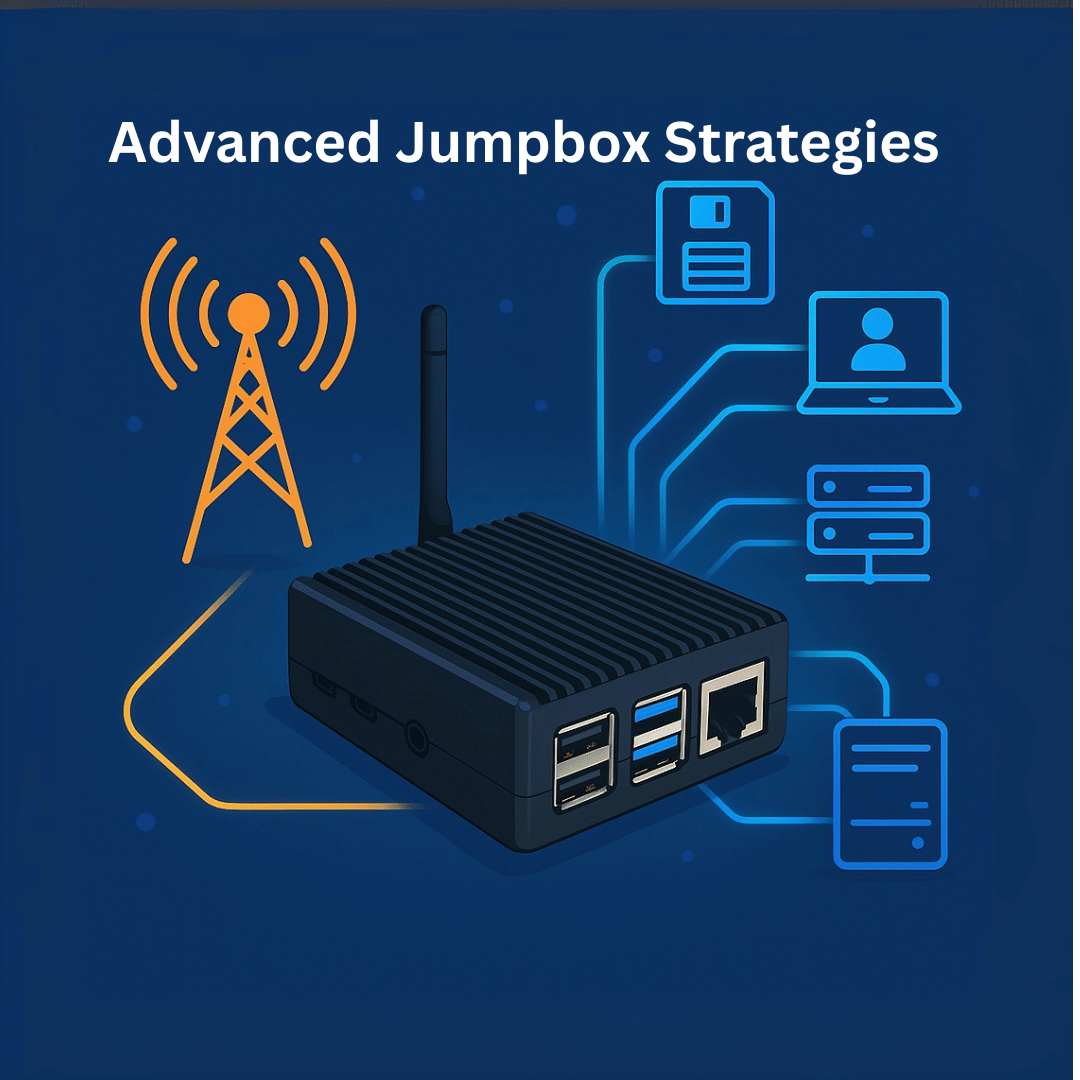
We believe in securely connecting everything by enabling users to build private networks within the internet that only they can see. We provide zero trust IT/OT networking as a service.
Language
English
日本

A Jumpbox isn’t an insurance policy for remote LAN access anymore; it’s becoming a central tool for resilient, cost-effective IT operations.
In our previous ‘What is a jumpbox’ article, we explained what a Jumpbox is and why every LAN benefits from one. Now, let’s go deeper into how you maximize your Jumpbox investment, avoid common pitfalls, and prepare for the next generation of remote management.
Today’s Jumpboxes do far more than “save the day” during an outage. Common scenarios include:
A Jumpbox only works as well as its ability to stay online when everything else fails. Best practices include:
One of the most significant upgrades you can give a Jumpbox is a cellular connection. When primary internet goes down from either a hardware failure or a misconfiguration, your Jumpbox stays reachable. You can still monitor and debug your network remotely.
Remote.It turns a Jumpbox from “useful” into essential by:
Whether your Jumpbox lives on a Raspberry Pi in a remote store or in a Docker container in a cloud environment, Remote.It keeps you connected securely and reliably.
If you’ve only set up your Jumpbox for “break glass” emergencies, you’re missing out. With the right configuration, your Jumpbox becomes a central part of your remote operations strategy, one reducing downtime, cutting costs, and strengthening security.
Ready to upgrade?
🔗 Learn more about Remote.It Jumpbox
🛒 Buy a pre-configured Jumpbox with Remote.It subscription included